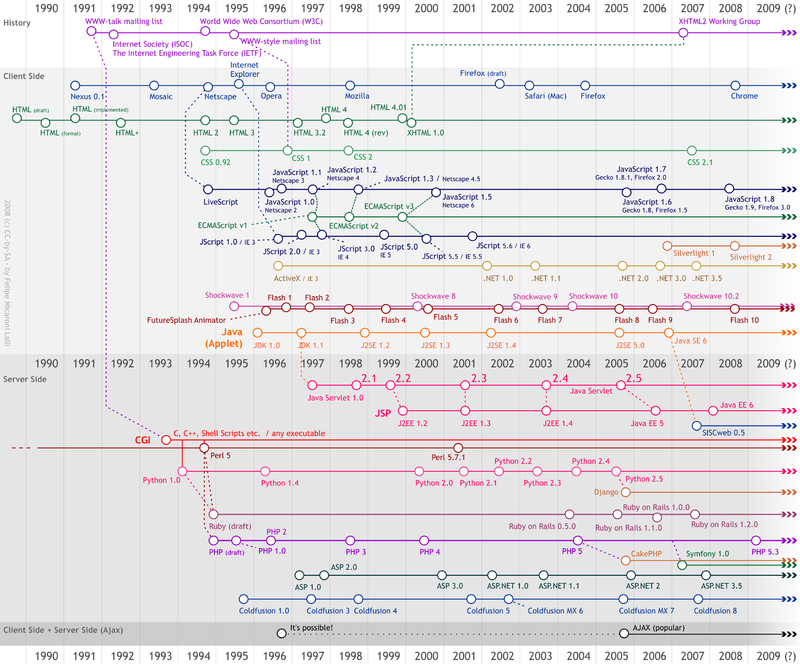JavaScript 101
- Introduction to JavaScript
- Data Types and Variables
- Control Structures
- Objects and Arrays
- Document Object Model (DOM)
- Asynchronous JavaScript
- API Interaction
- JavaScript Libraries
- JavaScript Frameworks
- Testing and Deployment
JavaScript Frameworks
Introduction to JavaScript Frameworks

Development of a website for the Internet.
In the world of web development, JavaScript frameworks have become an essential tool for building efficient, scalable, and maintainable applications. But what exactly is a JavaScript framework, and why are they so important? This article will provide an overview of JavaScript frameworks, their role in web development, and a comparison of some of the most popular frameworks in use today.
What is a JavaScript Framework?
A JavaScript framework is a pre-written JavaScript code library that provides a template for common programming tasks. These frameworks provide a structure and set of standards that developers can follow to build their applications. They often include pre-built components and tools for tasks such as routing, state management, and interaction with APIs.
The Role of Frameworks in Web Development
Frameworks play a crucial role in modern web development for several reasons:
- Efficiency: Frameworks provide pre-built components and functionality, which can significantly speed up the development process.
- Scalability: They provide a structured way of organizing code, making it easier to scale and maintain large applications.
- Best Practices: Frameworks often enforce best practices, ensuring that code is optimized, readable, and maintainable.
- Community Support: Popular frameworks have large communities of developers, meaning that help and resources are readily available.
Comparison of Popular JavaScript Frameworks
There are many JavaScript frameworks available, each with its own strengths and weaknesses. Here, we will briefly compare three of the most popular: React, Angular, and Vue.js.
-
React: Developed by Facebook, React is known for its component-based architecture and the virtual DOM, which optimizes rendering and improves performance. React has a large community and is widely used in the industry.
-
Angular: Developed by Google, Angular is a full-featured framework that includes tools for routing, form handling, and state management. It uses TypeScript, a statically typed superset of JavaScript, which can improve developer productivity and code quality.
-
Vue.js: Vue.js is known for its simplicity and ease of use. It combines features from both React and Angular, offering a balance between flexibility and functionality. Vue.js has a growing community and is becoming increasingly popular.
Pros and Cons of Using a Framework
While frameworks offer many benefits, they also have some drawbacks:
Pros:
- Speed up development time
- Enforce organization and structure
- Provide tools for common tasks
- Large communities and abundant resources
Cons:
- Learning curve: Each framework has its own syntax and conventions that need to be learned.
- Overhead: Frameworks can add unnecessary complexity and bloat to smaller projects.
- Dependency: Your project becomes dependent on the framework and its future updates.
In conclusion, JavaScript frameworks are a powerful tool in web development. They provide structure, enforce best practices, and can greatly speed up the development process. However, they also come with a learning curve and can add complexity to your project. Therefore, it's important to carefully consider your project's needs before choosing a framework.